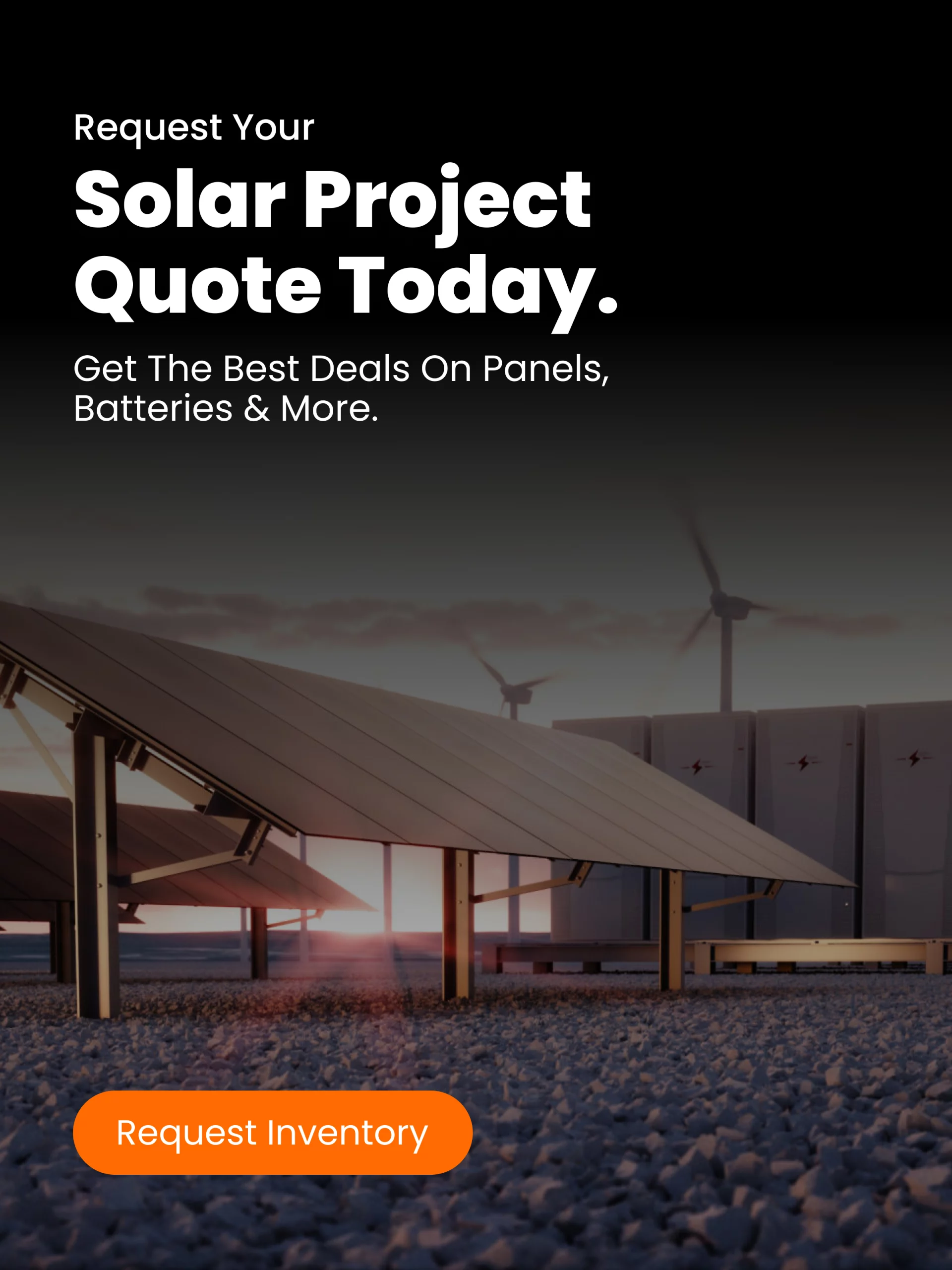IRA Solar Impacts – It’s been two years since President Joe Biden signed the Inflation Reduction Act (IRA). The historic 2022 investment in climate change and the economy was especially welcome to the solar industry because it restored and extended federal solar tax credits and provided long-term market certainty.
Now that we’re a couple of years out, how are things shaping up? How has the IRA impacted the clean energy market? What are some of the remaining challenges? And how could things change if a new administration is elected?
Here, we dive into these questions to find possible answers that solar installers, developers, EPCs and other stakeholders need to make informed business decisions through the rest of 2024 and beyond.
IRA Solar Impacts
Previously, most solar panels and cells came to the U.S. from overseas, facing tariff and supply chain issues that affected projects and solar progress. In a 2019 study, The Solar Energy Industries Association (SEIA) reported that tariffs on imported solar cells and modules had led to the loss of more than 62,000 jobs, $19 billion in new private secretary investment and 10.5 GW of canceled solar installations. SEIA’s president and CEO called for the removal of the harmful tariffs to allow solar to fairly compete and continue creating jobs. It was a low point on the proverbial solar coaster that the industry had been riding for years.
Flash forward to today, SEIA now reports that U.S. solar module manufacturing capacity exceeds 31 GW—a nearly four-fold increase since the IRA became law—creating 100,000 new jobs. The sector was boosted by tax credits for manufacturers as well as bonus credits for projects that use domestic components. Today, many active U.S. manufacturing sites contribute to the solar PV supply chain, from inverters to other components and recycling facilities. Sunhub has many of these domestic options available on its Solar Trader Platform with real-time pricing and inventory information.
(source: energy.gov/eere/solar/solar-manufacturing-map)
Of course, the IRA also has greatly contributed to solar development. In just two years, the solar industry added 75 GW of new capacity to the grid, representing more than 36% of all solar capacity built in U.S. history. Nearly 1.5 million American homes have installed solar since the IRA passed.
Overall, the positive impacts of the IRA have been substantial for the economy, solar and climate change. However, solar still faces challenges.
Remaining solar industry obstacles
While the overall market is up, residential solar has struggled due to policy changes like California’s NEM 3.0, which reduced net metering compensation rates for solar customers by about 75%. High interest rates were another reason why the sector had its lowest quarter in nearly three years. Still, SEIA expects to see growth again in 2025 followed by more record-setting years.
Backlogged interconnection, equipment shortages and finding good labor also affect industry growth—as they have in the past—but the greatest wild cards this year will likely be newly proposed tariffs and the presential election.
Tariffs
In June, The U.S. International Trade Commission (USITC) determined that there was a reasonable indication that the U.S. solar panel manufacturing industry was materially injured by imports of silicon solar cells and panels from Cambodia, Malaysia, Thailand and Vietnam. It’s due to deliver preliminary antidumping duty determinations this fall.
While there’s still uncertainty, SEIA expects the tariff impacts on solar deployment to be modest with enough module production capacity coming from outside of the four Southeast Asian countries. Yet, the industry will have to face the push and pull between supporting domestic manufacturing and a steady solar supply chain.
Presidential election
The IRA has created significant solar growth in Republican districts, so it’s unlikely to be fully repealed under a change in administration. However, based on conservative criticisms around the act, it could be closely re-examined and net-zero goals could be ignored, slowing progress toward a clean energy future.
Based on previous policies, a new administration would likely take a more pro-fossil fuel stance, pulling out of global climate change accords and shutting down energy loans for new technologies. With political uncertainty, now is the time to take advantage of current policies.
Even with a change in the White House, solar has come too far to completely lose traction. SEIA’s latest five-year outlooks show the US solar industry will consistently install at least 40 GW per year from 2025 onward.
For help finding the equipment and deals you need for your projects, shop the Sunhub Solar Trader Platform.




